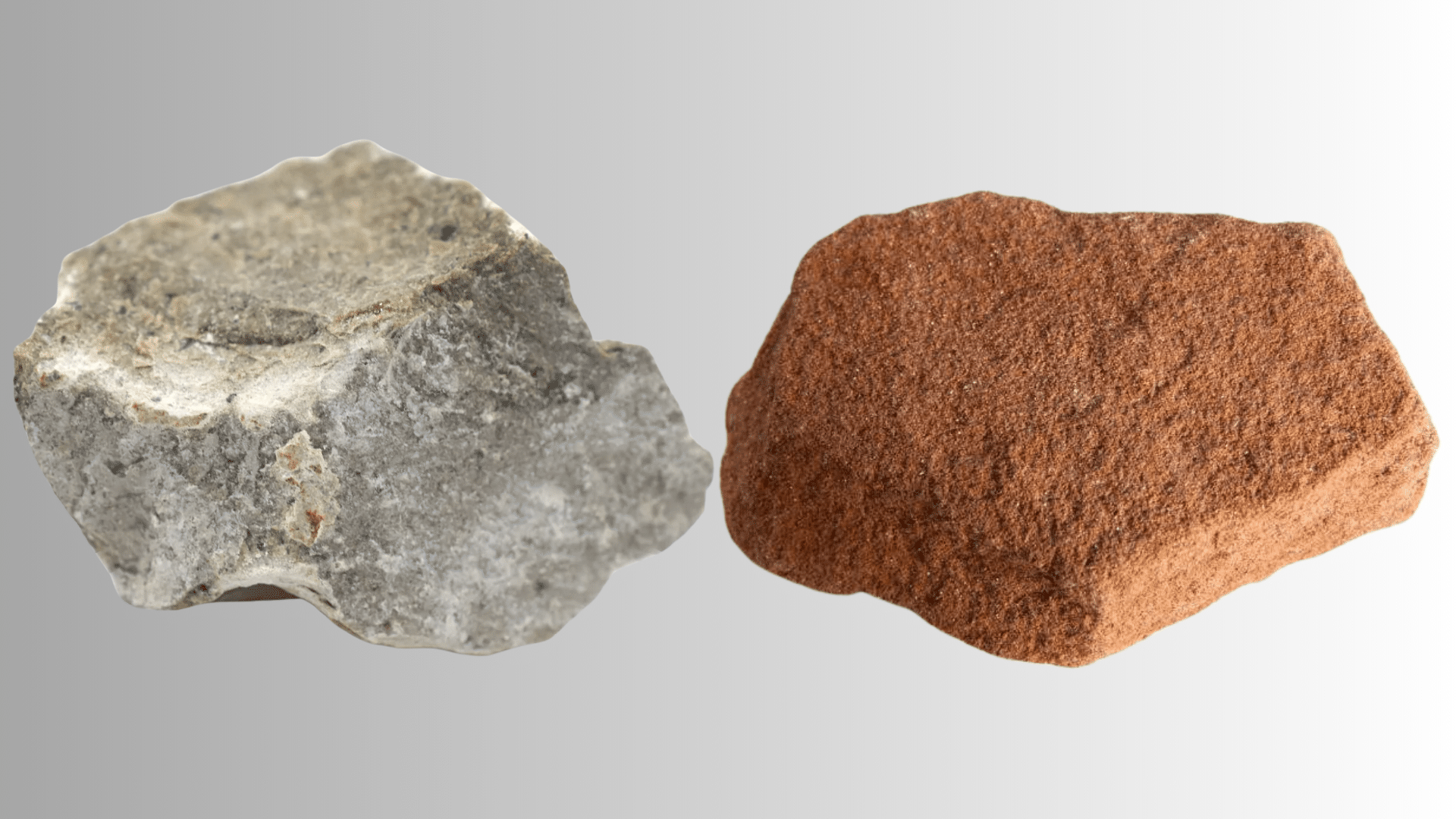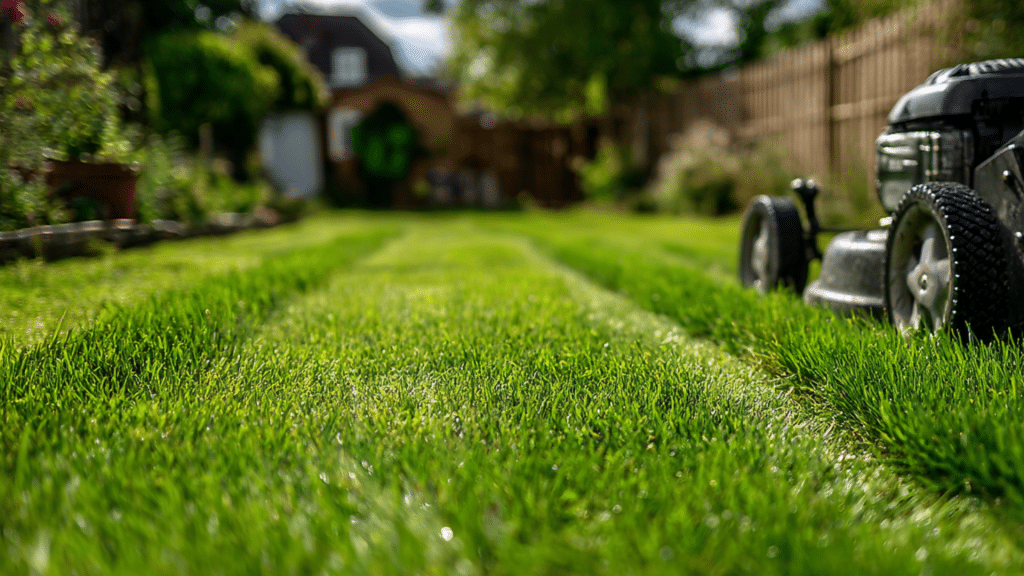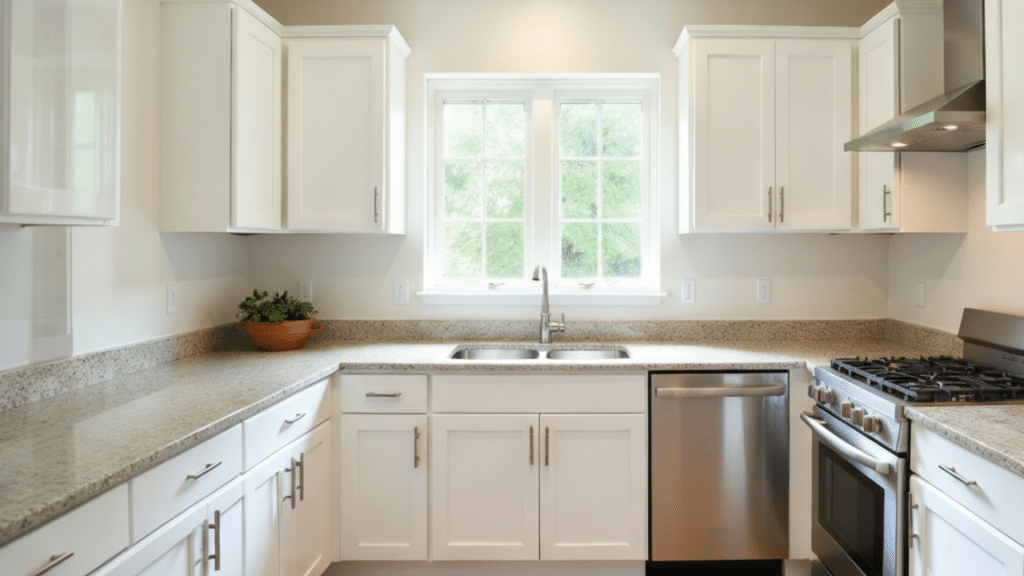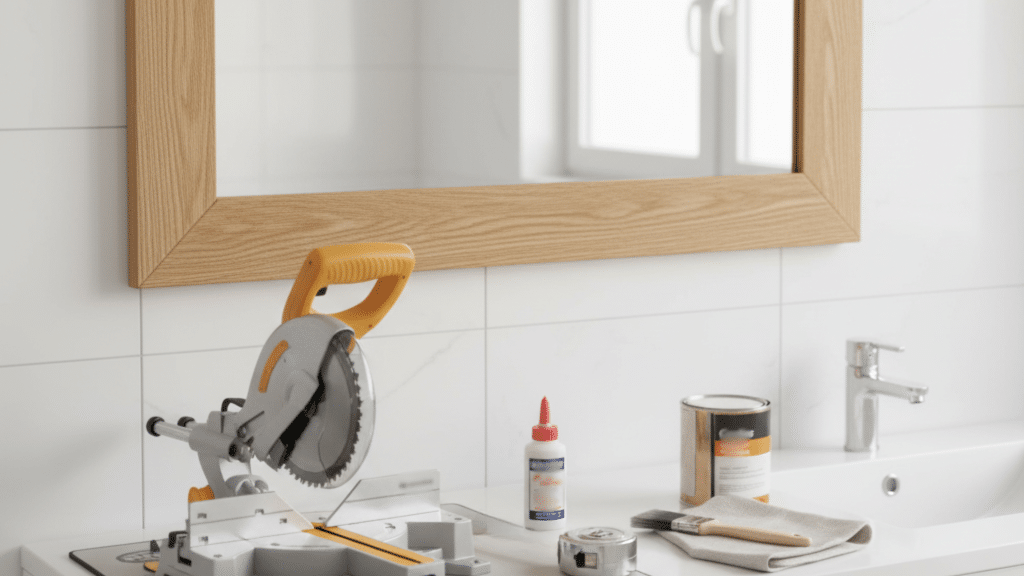Choosing between limestone and sandstone feels confusing.
You want beautiful stone that lasts, but the options seem confusing. Both look great, but they have very different qualities that affect your budget and timeline.
Knowing the differences between limestone vs sandstone helps you avoid expensive mistakes and choose stone that lasts for decades.
What is Limestone?
It is a calcareous sedimentary rock, which is mostly composed of Calcite or Calcium Carbonate (CaCO3), as it is chemically known.
It is formed by the accumulation and lithification of the shells or bones of marine animals or through the inorganic precipitation of calcium from water over millions of years.
Due to its high calcium carbonate content, it is a relatively soft material compared to other natural stones. This is what makes it so flexible; it is easier to cut, scratch, and shape.
| Pros | Cons |
|---|---|
| It can last for decades with proper care | More prone to scratches and stains |
| Generally less expensive than granite or marble | Gets damaged by acidic substances |
| Offers warm, neutral colors | Requires sealing every 1-2 years |
| Good choice for kitchen countertops | Can absorb liquids if not sealed |
| Contractors can cut and shape it easily | May need extra cabinet support |
What is Sandstone?
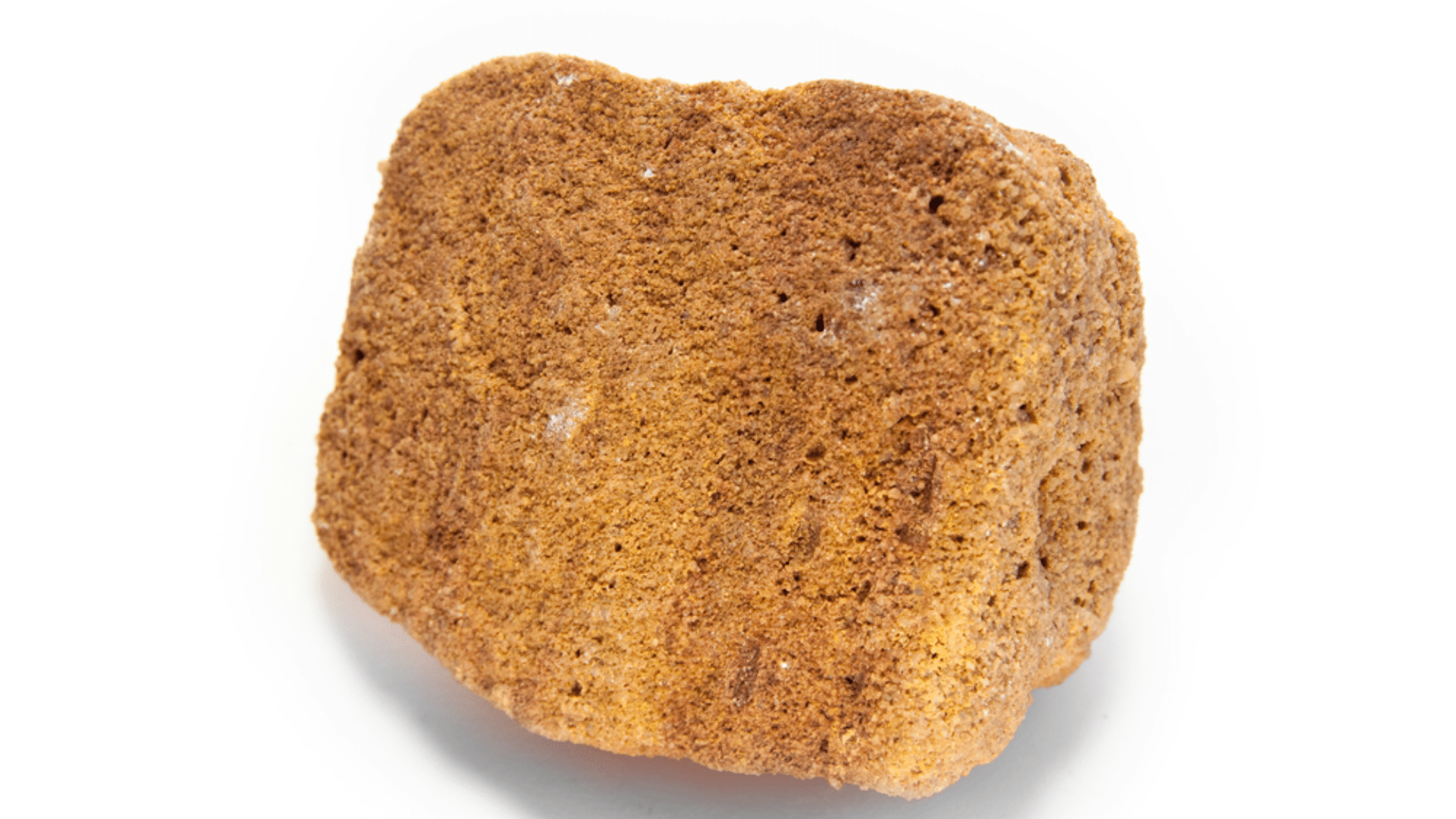
Sandstone, like limestone, is a sedimentary rock. It is formed by the sedimentation of older, weathered, and eroded rocks, collected and cemented together by natural minerals and pressure.
As the name suggests, Sandstone is composed of layers of sand grains and silicate minerals, and is mainly composed of quartz or feldspar.
The Stone can be hard or soft depending on the degree of compaction it has undergone.
| Pros | Cons |
|---|---|
| Handles outdoor conditions well for years | Absorbs stains and liquids easily |
| Textured surface provides good grip when wet | Needs maintenance every 1-2 years |
| Available in many shades from cream to deep red | Stains can be hard to remove once absorbed |
| Perfect for patios, walkways, and garden features | Some types wear down faster than others |
| Budget-friendly compared to other natural stones | May lose vibrancy over time with sun exposure |
Difference Between Limestone vs Sandstone
Both limestone and sandstone are sedimentary rocks and may look similar, but there are major differences between them.
Allow me to break them down so you never have to get confused again.
Formation
Limestone is formed from the calcium residue of dead marine animals, such as corals or mollusks, that accumulate on the ocean floor and are compressed together.
Sandstone, on the other hand, is formed from the sedimentation of larger rocks that have been weathered and eroded over a prolonged period.
It may also be formed by the precipitation of sand in terrestrial or marine environments.
Texture and Composition
Limestone is composed of dissolved calcium carbonate.
Sandstone, on the other hand, is composed of sand-sized particles of minerals, organic matter, or large, older rocks. It’s mainly composed of quartz and feldspar
Due to the presence of calcium carbonate, Limestone has a smooth, soft, and refined texture that makes it easy to cut and shape. It’s like that no-fuss best friend who is down for all your last-minute plans.
However, Sandstone is formed from materials like quartz, so it has a more coarse texture, which makes it harder to shape.
Aesthetics and Design
Limestone features a neutral color palette, making it an ideal choice for those seeking a classy, refined look for their homes or spaces. Its velvety smooth texture gives it a rich feel that makes it look like you’re sitting in a palace.
Sandstone comes in a variety of colors depending on how it’s formed and what it is composed of.
Colors like tan, red, brown, or brown add a subtle pop of color to the projects that look earthy yet expensive. Its rough texture gives the space a rustic feel, which feels very natural.
Application and Usage
Due to its aesthetic and smooth texture, limestone is an ideal choice for indoor use and for sculpting or carving. Its durability makes sure that the projects look as new as the day they were created.
Sandstone’s coarse texture makes it perfect for creating high-traffic outdoor spaces and for projects that require a rustic appeal.
Both the stones bring their own special zeal and characteristics to the creations. They act as a tastemaker to the project, adding flavor wherever they go.
Which One is for You?
Are you unsure about which stone is the ideal fit for your project? Let’s make it easy for you to make a decision.
|
Basis |
Limestone |
Sandstone |
|
Cost |
$40-$55 per cubic yard |
$30-$60 per cubic yard |
|
Duribility |
More durable |
Less durable than limestone |
|
Application |
Mostly used in the production of cement and the construction of interior elements |
Mostly used for the construction of long bearing structures and exterior elements |
|
Aesthetic |
Refined |
Rustic |
Your choice of limestone vs sandstone depends purely on its purpose, cost, and the look that you’re going for.
Both the stones are strong materials that withstand the test of time and add character to the places where they are used.
Alternatives to Sandstone and Limestone
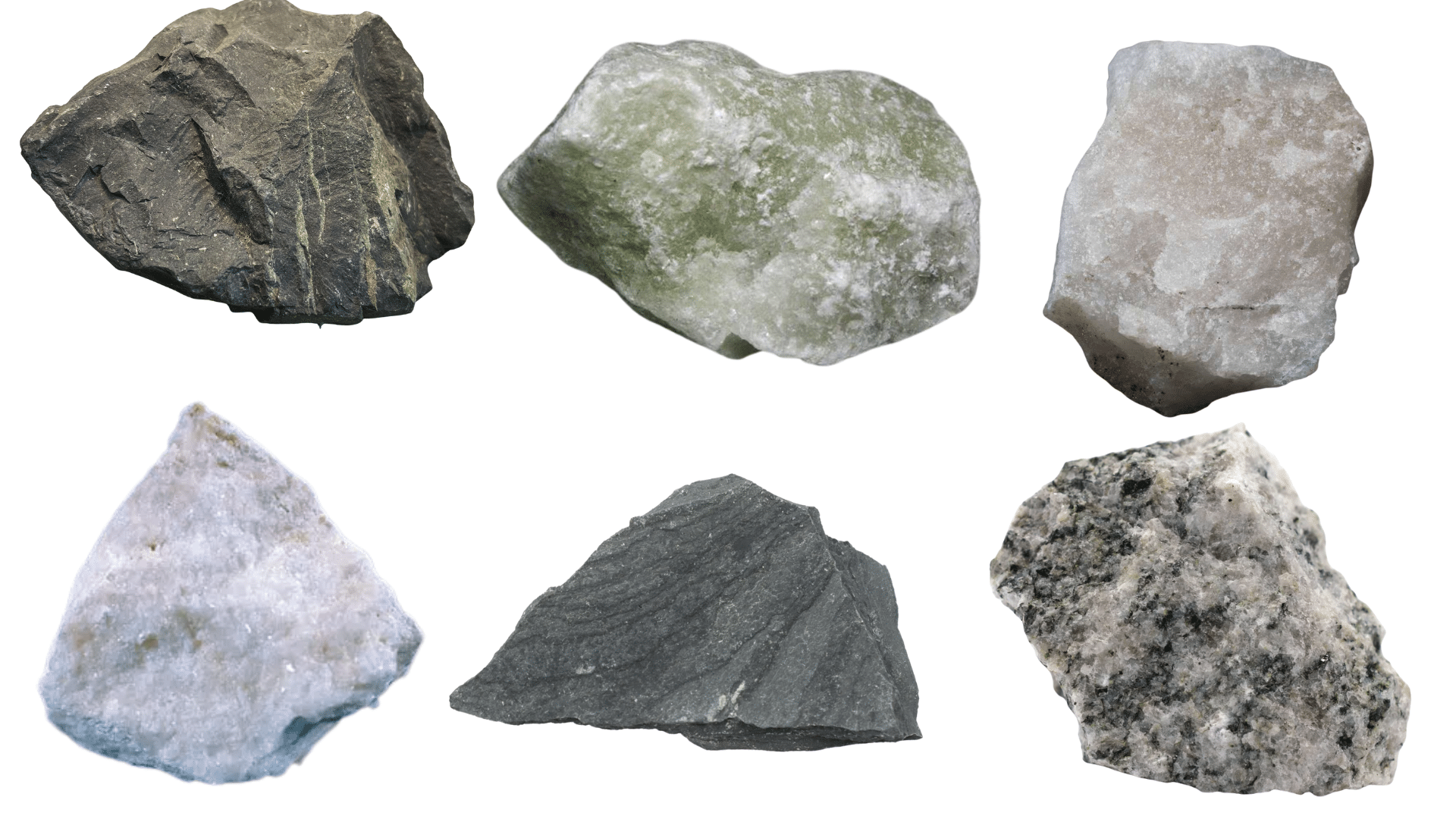
Don’t think sandstone or limestone is the right fit for you, you might want to look into other materials that might work well for your needs.
Granite is a highly durable natural stone made from quartz, feldspar, and mica. It resists weathering, making it ideal for countertops, flooring, and monuments.
Unlike sandstone and limestone, it has a crystalline structure that provides extra hardness.
Marble is a metamorphic rock formed from limestone under heat and pressure. It’s prized for its smooth finish and veining, making it perfect for flooring, sculptures, and architectural details.
It offers a more visually appealing alternative to sandstone.
Slate is a fine-grained metamorphic rock characterized by excellent cleavage, which allows it to split into thin, flat sheets. It’s commonly used for roofing, flooring, and outdoor pathways.
Unlike sandstone, it is more resistant to water absorption.
Basalt is a dark-colored volcanic rock known for its strength and density. It is commonly used in construction, paving stones, and as crushed stone in road building. It’s far tougher than limestone and sandstone.
Travertine is a sedimentary rock formed from mineral springs, often with unique porous patterns. It’s frequently used in tiles and decorative features. While similar to limestone, it provides a more textured and rustic appearance.
Quartzite forms when sandstone undergoes high heat and pressure, turning into a harder metamorphic rock. It is resistant to scratches and weathering, making it great for countertops and outdoor cladding.
And There You Have It
Both limestone vs sandstone have literally traveled a long way to be part of your construction goals.
Now that you know the distinction between the two, you will be able to decide which one most suits the needs of your projects.
So figure out your perfect stone and get down to business.
Happy building!

